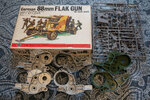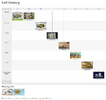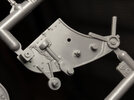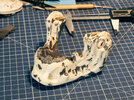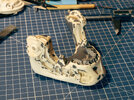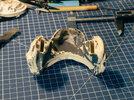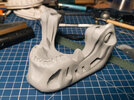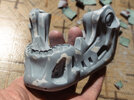I have found "the language barrier" is basically gone now: ChatGPTYes I’ve seen that. I need to send T-Studio a message. I’m friends with him on Facebook I’m just not sure of the language barrier. I know he flew to America to find out where his skull came from.
I’ve been really busy this week but I’ll post some stuff on the weekend.
I speak several languages, and having used ChatGPT(for free) I have used it to translate into Russian, Chinese, Bosnian, Spanish, Portuguese and have found it to be almost 100% correct. By far the best "translator" tool I have used.
So you can simply write a message, ask ChatGPT to translate it into Japanese or whatever language you desire and it'll take care of it. Then simply copy/paste and send it, or paste it into Google Translate(which sucks) and it should be able to translate it back into English or whatever and confirm the translation.
"SKYNET is here to help you and improve your way of life. Help us help you."

